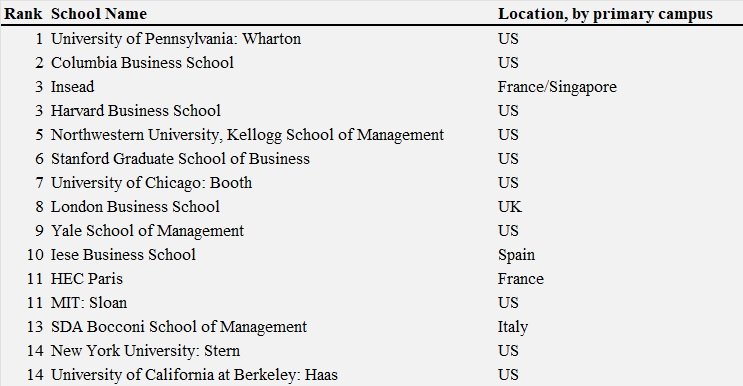Read: How to approach Columbia’s Essays Part I
Columbia Business School’s Essay Two—Why do you feel Columbia Business School is a good fit for you academically, culturally, and professionally? (300 words)
The most important word in this prompt is WHY. Admissions directors already know what CBS offers to students; they want to know why their offerings resonate with you. Prove to them that their program is the perfect intersection between where you’ve been and where you want to go. Which courses, professors, experiential learning opportunities, etc. are most interesting to you? Choose three or four that differentiate Columbia from other business schools you’re considering and explain why you’re so eager to engage and participate. Have you spent your career in operations, and are particularly keen to meet Professor X, take his course, and speak to him about his latest research on the control and management of manufacturing systems? Would you like to do a consulting project for Company Y, a firm whose mission is aligned with your goals, and you know has collaborated with CBS students in the past? Would you like to continue your community service work with a specific student organization at Columbia because you’re familiar with the work they’ve done on initiatives you’re passionate about? By digging into the why, you will convince CBS admissions directors of your excitement for their offerings, but also that you will be the kind of collaborative, community-minded, and determined student they are looking for.
Columbia Business School’s Essay Three—Tell us about your favorite book, movie, or song and why it resonates with you. (250 words)
Just as in CBS’s Essay Two, the most important word in this prompt is WHY. It’s time to showcase some personality! Columbia Business School is looking for students who will be collaborative and form lasting personal and professional relationships, so exposing a bit of vulnerability to show a quirky or sentimental side is ok, especially because your other essays delved deeply into your professional and academic interests and abilities. Do you have a passion for glass blowing, and enjoy listening to a certain artist when you’re in studio? Did you just finish a memoir that inspired you? Is there a movie you watch over and over because it reminds you of life before you emigrated to this country or a relative you admire?
Columbia Business School’s Optional Essay—If you wish to provide further information or additional context around your application to the Admissions Committee, please upload a brief explanation of any areas of concern in your academic record or personal history. This does not need to be a formal essay. You may submit bullet points. (Maximum 500 Words)
This essay is for additional context around a weak spot in your application. Did you get a C in calculus? Or withdraw from your courses your sophomore year to help a family member? Do you feel that your lackluster GMAT score isn’t indicative of your abilities?
If you are going to address a low grade in an analytical course or a low GMAT score, don’t make excuses. Spend the majority of your word count demonstrating your ability to excel in rigorous academic or professional environments using specific examples. Provide information on similar classes in which you achieved excellent grades or give details about a professional pursuit that resulted in success.
If you are speaking to a more sensitive situation, perhaps a big mistake or legal issue that impacted your GPA, spend approximately 20 percent of your essay addressing the situation. Then use the remaining 80 percent on the actions you took to improve and what happened as a result. Do not make excuses, simply address the situation, placing the emphasis on what you learned. Remember, everyone makes mistakes, taking accountability and moving forward demonstrates maturity.
Related Blog: How to Approach the Harvard Business School Essay



